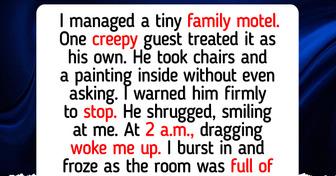I Refused to Choose Which Grandchildren to Love

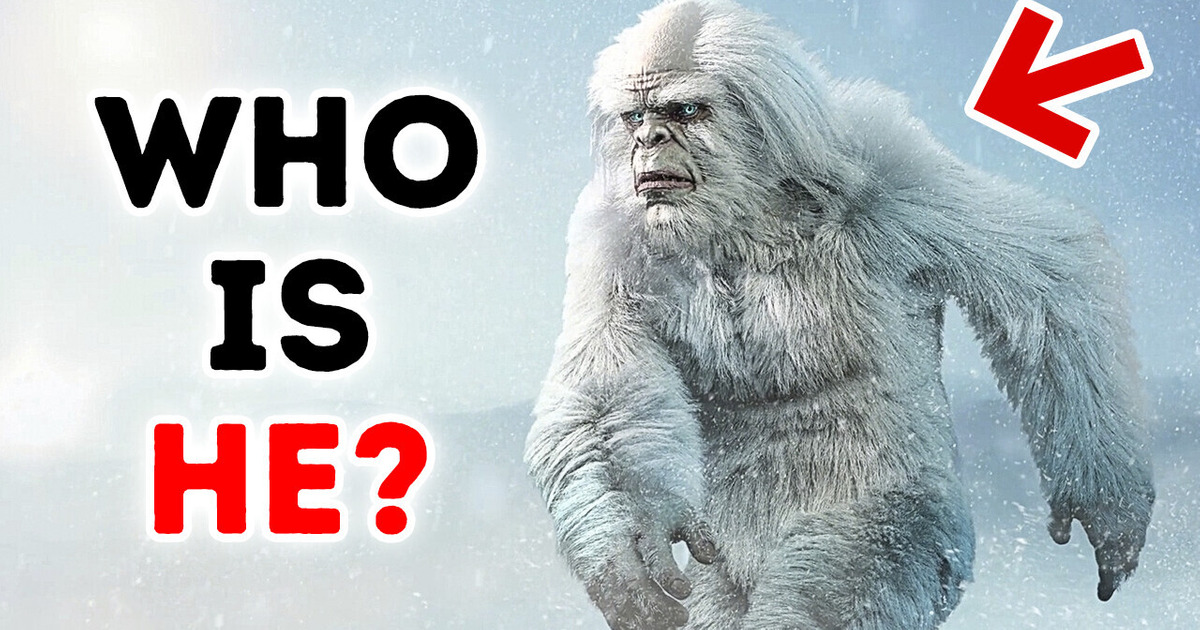
Bigfoot, Loch Ness monster, Chupacabra, Mothman, and other similar creatures are called cryptids. The pseudo or fake science that studies them is cryptozoology. But every year, real science refutes the existence of these beasts. So, let’s find out how some cryptid myths have been debunked.
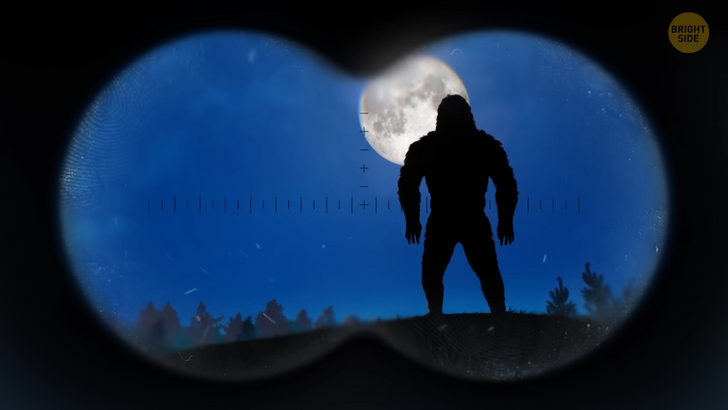
Let’s start with one of the most famous cryptids — Yeti and Bigfoot. These two creatures are almost the same, but legends about them appeared in different parts of the world. Yeti is a big guy with white fur. Stories about it appeared in Nepal several hundred years ago. Bigfoot is a mythical creature of North America, specifically the Pacific Northwest, and legends about it appeared in the 20th century.
Many people believe in the giant furry creature similar to a bear and a primate at once. Still, no one has ever presented objective evidence that this beast exists. You can find many photos of footprints that allegedly belong to Bigfoot or Yeti, but most are hoaxes. People like not only to believe in fantastic stories but even to create them.
So, to create traces of Bigfoot, someone made a large footprint of clay that has similarities with the human foot. The hair and DNA samples found in the woods beside the footprints were of artificial origin. It was synthetic, or the hair of deer, bulls, and bears.
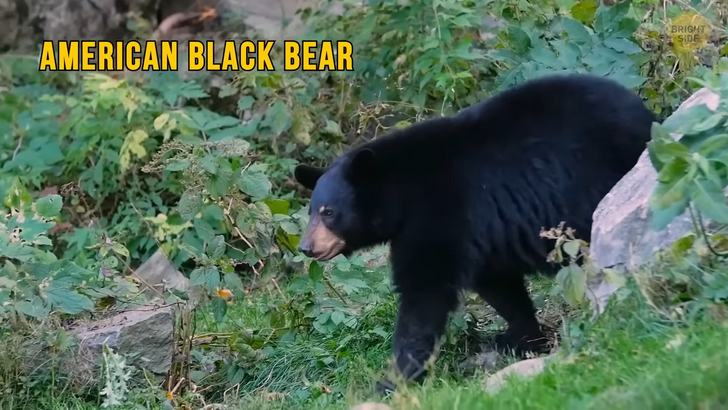
Oh, and do you remember that famous video of poor quality with a bigfoot? Perhaps the film was real and wasn’t edited. But the creature caught on camera was probably an actor in a gorilla costume or something. Among all the animals, the American black bear is a perfect candidate for the role of Bigfoot.
This giant beast is covered with fur and can stand on its hind legs. But the most exciting thing is that scientists have identified a pattern between bigfoot reports and the black bear population. It turned out that people saw Bigfoot in the places where many bears lived. A similar story happened to Yeti. A group of scientists studied DNA hair samples that, as people said, belonged to the Yeti.
They discovered that all these samples belonged to rare species of bears and even dogs. This study may disappoint the fans of the fantastic monster, but it pleased the scientists. They got the information that can give a more detailed idea of the bears’ evolution. Still I’m sure there will be more Bigfoot sightings, Yeti-gain (yet again).
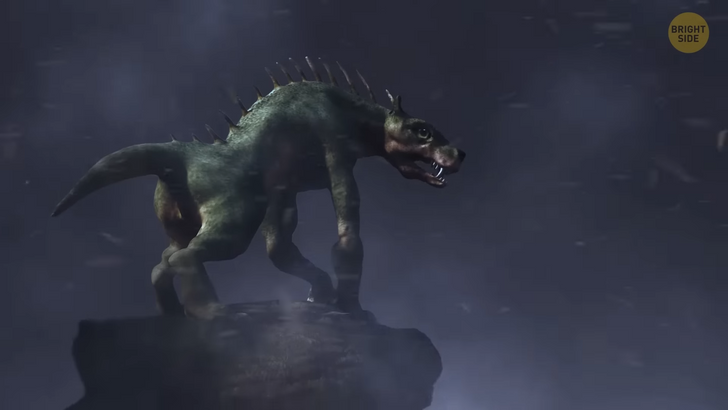
Reports of the next fantastic monster appeared in 1987 in Puerto Rico. An unknown creature entered farms to feast on goats, chickens, and other animals. Many said they had seen an animal similar to a dog, a reptile, and a rodent with an elongated face, large fangs, and scales. Some claimed they had seen a monster with smooth skin, little to no hair, and an unpleasant smell. No, it wasn’t me.
People called it the Chupacabra. Every night, it would attack livestock, and farmers couldn’t catch it. At least that’s what the newspapers said. It was partly true. The residents did see a scary creature in the barns, but was it something fantastic? One scientist from the University of Michigan could solve the mystery of the Chupacabra. He said that the monster was probably an ordinary coyote. More precisely, several coyotes having scabies.
In Puerto Rico, some ticks climb on animals and cause itching. Because of this itch, coyotes lose their hair. This explains why many people saw bald monsters. The darkness, the fear of the unknown, and people’s imagination turned the frightened animal into a monster. With a worse case of ticks, coyotes begin to emit an unpleasant smell. Their skin loses its fur and becomes thicker. As a result, the animal turns into a chupacabra. It loses strength, so it chooses easier prey for hunting — livestock.
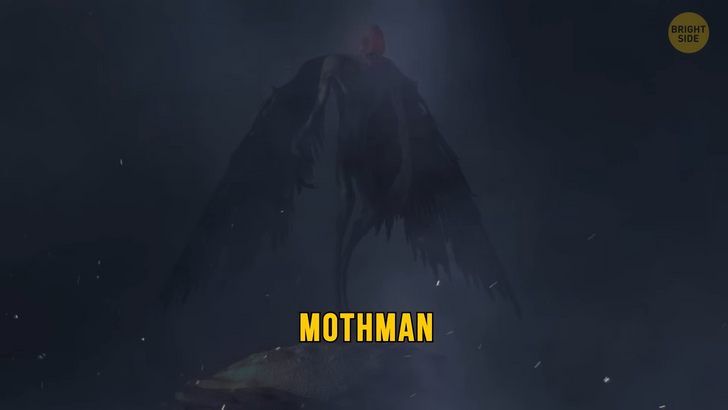
This thing appeared in the middle of the night in the dense forests of West Virginia. It’s a tall person with huge wings and glowing red eyes. You probably know it as the Mothman. People first heard about it in November 1966. In the small town of Point Pleasant, two young people were walking in the woods and saw a terrible monster — a massive guy with red eyes and 10—foot wings.
They ran out of the woods and immediately called the sheriff. After that, the police began to comb the forest. A local newspaper wrote an article about the mysterious monster. From that moment on, rumors about the Mothman started to spread throughout the state and the US. It became as popular as the Bigfoot and the Loch Ness monster.
People made a festival in Mothman’s honor, and Hollywood created a horror film about it. But unlike most other cryptids, Mothman has no photos or videos. Myths and legends keep this creature popular. By the way, the residents of Point Pleasant benefit as their town became a place of attraction for Mothman lovers.

People make good cash selling souvenirs with the image of the monster. Tourists spend money on hotels and excursions and contribute to economic growth. What’s the point of destroying all the myths about Mothman if it’s that profitable? Nevertheless, the legend appeared somehow, and a guy named Jonathan Gitter decided to discover its origin.
He studied the first newspaper articles about the Mothman and read many books. Almost all of them were written by cryptozoology enthusiasts. All the documentaries and articles didn’t contain anything scientific either. However, Jonathan learned an exciting story about Point Pleasant. At the beginning of the 20th century, factories for producing harmful substances worked here. When the plants closed, the leftover substances began to pollute the environment.
Perhaps, some part of the story about the Mothman is connected with people’s idea of polluted nature. The context of the town’s history gave birth to Mothman in people’s heads. In addition, in 1967, there was a big disaster in the city. The Silver Bridge — the main entrance road to Point Pleasant collapsed. The tragedy brought a lot of grief, and some residents believed that Mothman was involved somehow.
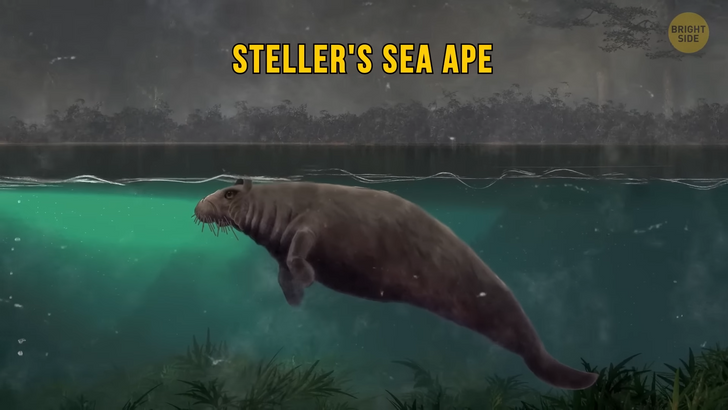
Our next cryptid lives in the water. A monster called Steller’s Sea Ape is less famous than other pseudo-real creatures, but its appearance is quite specific. So imagine an oblong, thick body about six feet long, just under the height of an NBA star. The monster is covered with thick reddish-colored hair with a white stripe on its back. The head of Steller’s Sea Ape looks like a dog’s. Pointed ears look up, and long whiskers hang from both sides of the lips.
Stories about it appeared thanks to naturalist Georg Wilhelm Steller. According to his description, the ape resembled a walrus or a seal. But pictures on the Internet show something between a mermaid and a cat. A naturalist saw this creature during the Great Northern Expedition aboard the ship St. Peter in the 1740s. On this maritime expedition, he met many animals, including the sea ape, and described them in his diary.
He was a well-known naturalist, so many believed in the existence of this creature. Some believe that the naturalist described ocean seals. Others think the sea ape was the captain of the St. Peter — Vitus Bering. Steller had a conflict with the captain, so he could jokingly describe him as the sea ape. According to some records, Vitus Bering had a long drooping mustache and a large belly.
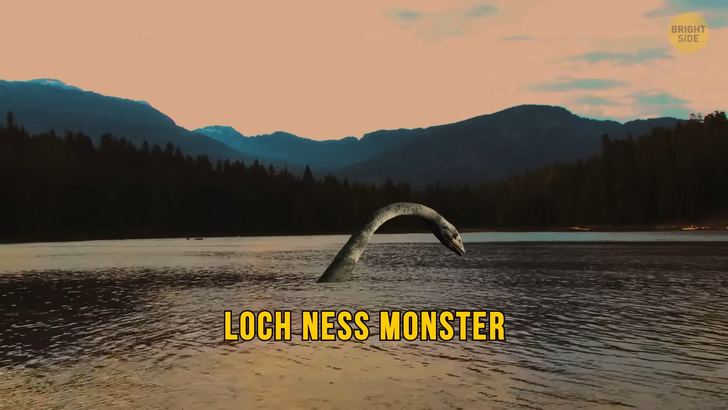
So, the most popular cryptid in the world has a chance to get out of the field of cryptozoology and get into real science. This is the Loch Ness monster. It makes no sense now to try and tell truth from fiction among thousands of records and messages about it, but let’s look at a recent scientific study.
According to rumors and guesses, Nessie is a descendant of an ancient marine dinosaur — a plesiosaur. But this theory was quickly refuted because plesiosaurs lived only in salt water. However, a group of paleontologists discovered fossils of this reptile in a 100-million-year-old river system. And this system was freshwater.
This means that plesiosaurs could have lived in the giant lake Loch Ness. Perhaps one of their descendants has been able to survive to this day. Go ahead. Dip your toe in the water. (ha)











